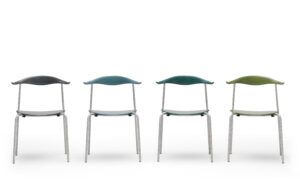|
|
||
|
Imagine putting up a device which pierced the hearing of black or disabled people. It’s obviously totally against human rights.” That’s how Beth, a youth worker in Salford, describes the Mosquito, an ultrasonic device which targets young people by producing a high-pitched whine at a frequency (15.5 to 17.5 KHz) that makes those under 25 feel sick. Because your hearing gets worse as you get older, it is inaudible to over-25s. Invented in Wales by Howard Stapleton in 2005, the Mosquito has become popular among local authorities and police forces throughout the UK. It is deployed in public places such as bus shelters or outside shops to deter young people from gathering. “Our community safety manager bought one without asking anybody,” Beth says. “He was going to put it up by the bus stop – it would be difficult for young children, a baby in its pram unable to move would be in agony. We tested it in our office and people in their thirties were experiencing pain and sickness.” When I was researching my book, Ground Control: Fear and Happiness in the Twenty-First-Century City (Penguin, 2009), a consistent theme was the UK’s enthusiasm for US security technologies often adapted from military use. For example, drones – the unmanned aerial vehicles used in Iraq and Afghanistan and first modified for civilian use in Los Angeles – are now used to police British cities. But the UK has shown itself to be far more zealous in applying US technologies to policing than the Americans. And now sonic weapons have proved so successful in the UK, we’re exporting them back to the US. The British company behind the Mosquito has brought in a US corporation with global ambitions to take over production. Subversion is possible, however: enterprising teenagers have used the sound as a ringtone on their mobile phones so that their teachers can’t hear them in class (to test it, visit freemosquitoringtone.org). |
Image CSS Ltd
Words Anna Minton |
|
|
||

















